I have the following code and it fails, because it cannot read the file from disk. The image is always None.
# -*- coding: utf-8 -*-
import cv2
import numpy
bgrImage = cv2.imread(u'D:\\ö\\handschuh.jpg')
Note: my file is already saved as UTF-8 with BOM. I verified with Notepad++.
In Process Monitor, I see that Python is acccessing the file from a wrong path:
I have read about:
- Open file with unicode filename, which is about the
open()function and not related to OpenCV. - How do I read an image file using Python, but that's unrelated to Unicode issues.
